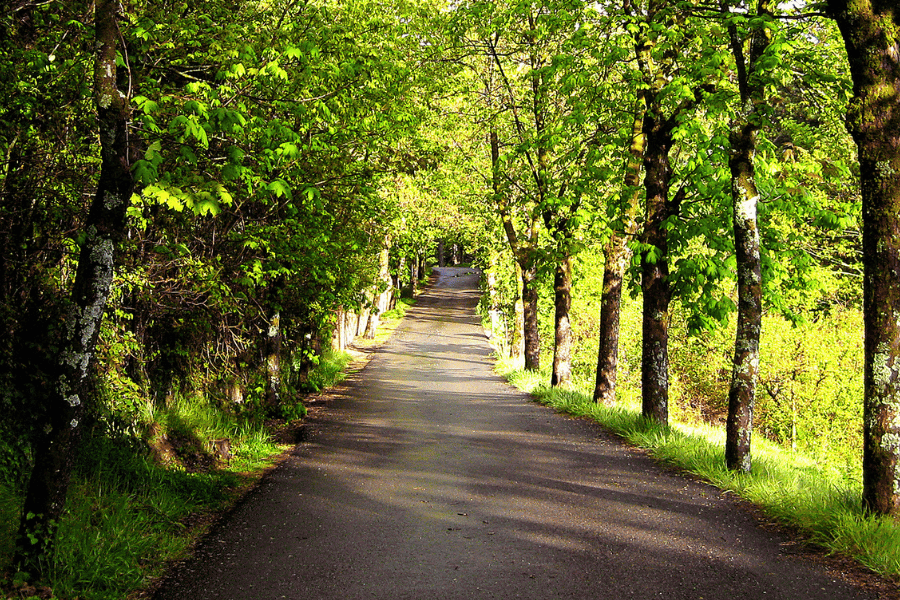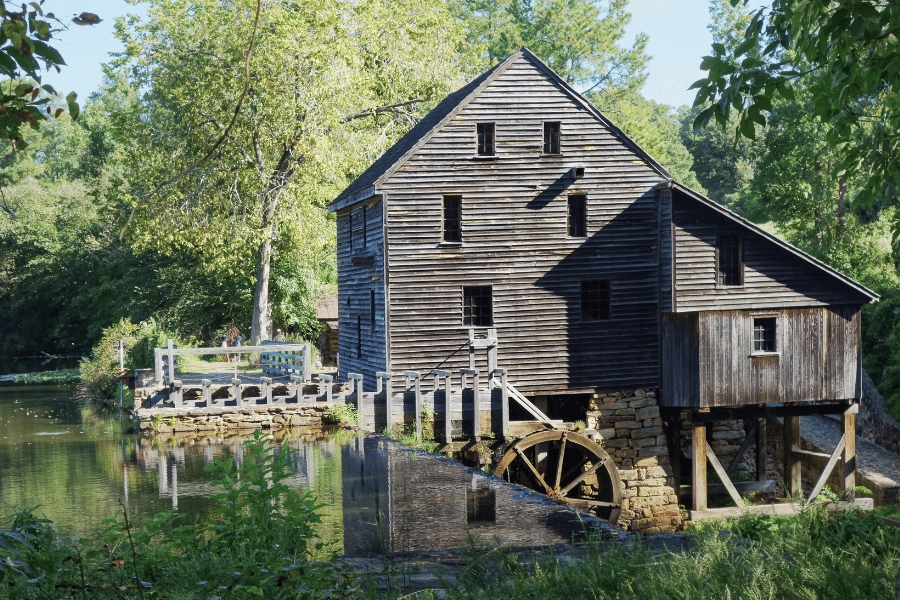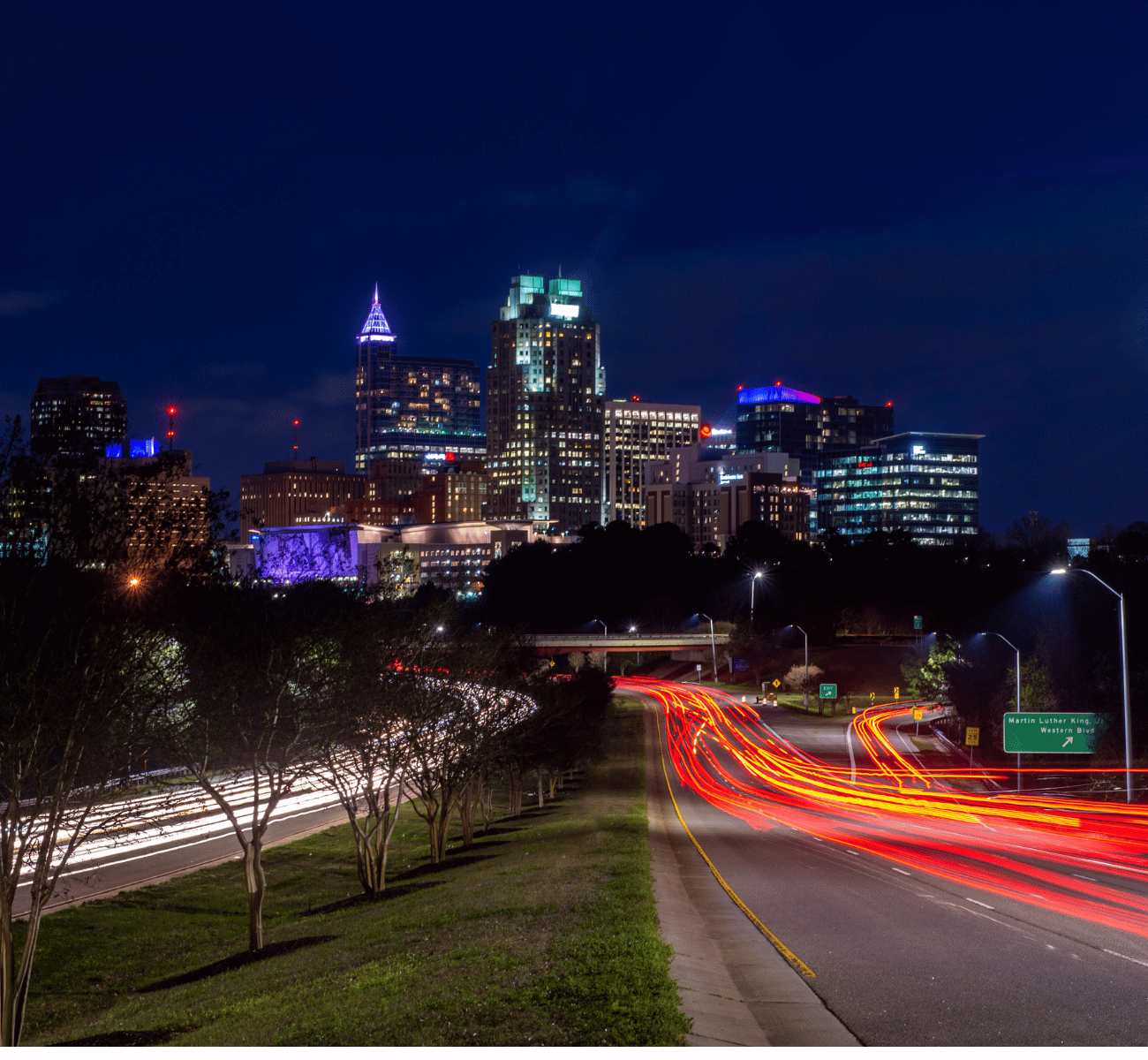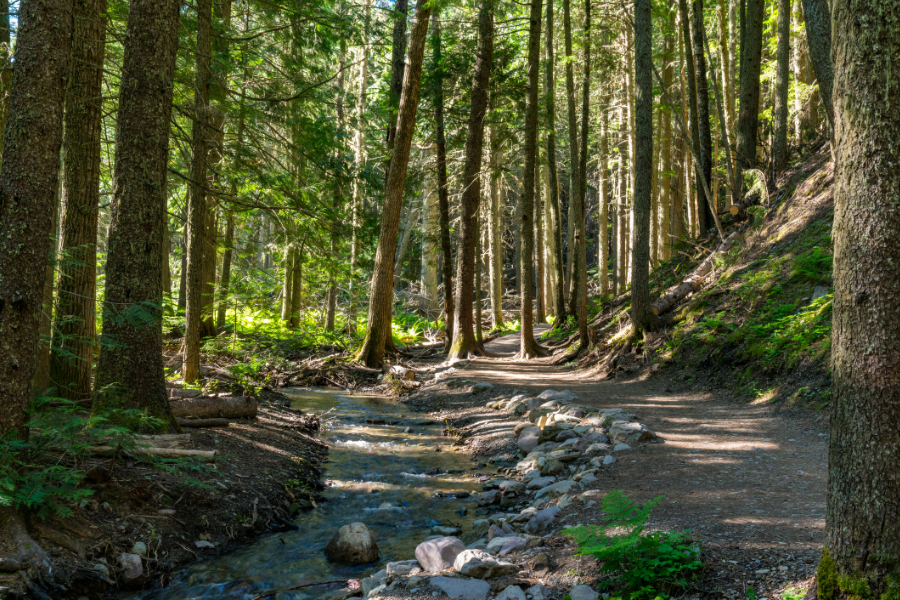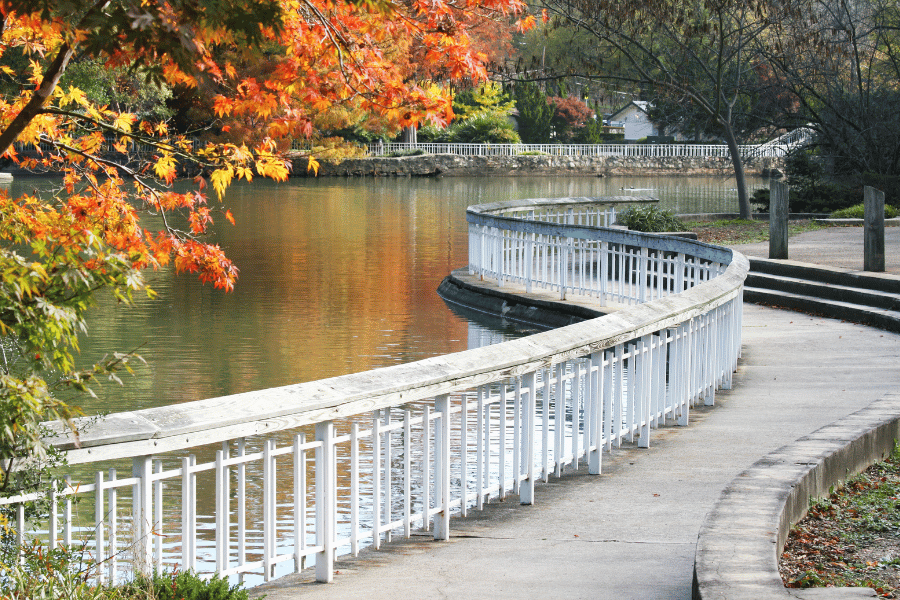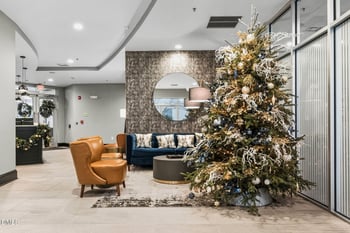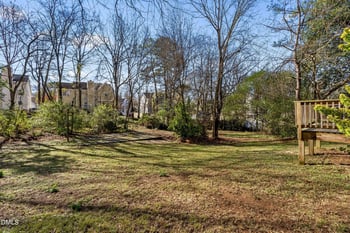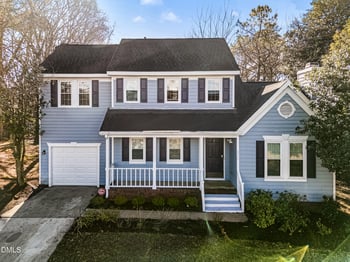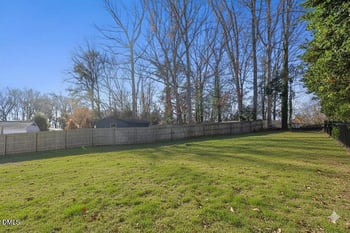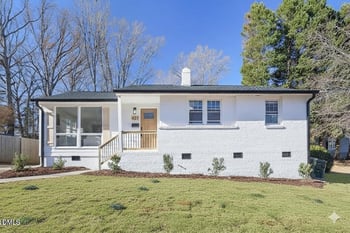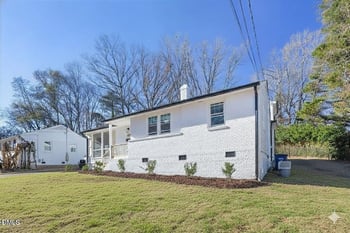Benefits of Living Near Raleigh's Greenway System
Do you live near Raleigh's greenway system and want to understand its benefits? Here are all the advantages you can enjoy when you live near the greenway system.
Raleigh's greenways provide numerous positive economic benefits, including increased sales for local businesses, according to a new study sponsored by the N.C. Department of Transportation. The study also found significant financial benefits from business and employee benefits, retail sales tax benefits, trail construction, and health, congestion, and pollution benefits.
Greenways showcase the best of our vibrant, growing community, supporting economic development, promoting active lifestyles, providing transportation options, allowing connection with nature, and offering the opportunity to connect with neighbors.
With this area's population rapidly increasing, the demand for community resources and facilities is also growing. The Wake County Division of Parks, Recreation, and Open Space is addressing this through its service areas of open space, recreation and leisure, and environmental and cultural education.
Living in Raleigh and near the greenway systems gives you an advantage. These greenways are designed to connect us with nature in various ways, and they provide close proximity to opportunities to improve health and wellness through increased access to trails and time spent in nature.
Here are the benefits of living near Raleigh's greenway system.
1. Value and Economic Activity
In many ways, greenways provide a positive connection between green spaces and property values. Residential properties experience a greater increase in value the closer they are located to trails and green spaces. According to the National Association of Realtors and the National Association of Home Builders, trails ranked as the second most important community amenity out of 18 choices.
Economic benefits are generated in various ways. Trails benefit property owners, developers, and the local government, which benefits from increased property tax revenues. Additionally, trails can attract businesses and tourists, fostering economic development that benefits all residents.
Improved trail access near businesses has been shown to increase sales while reducing the need for expensive parking. Greenways can reduce costs associated with water treatment and flood damage when planning to protect water quality through vegetated buffers along streams. Trails are significantly less expensive than other infrastructure, such as roads.
2. Bicycle and Pedestrian Transportation

When choosing a living location, businesses, residents, and visitors consider quality of life factors such as walkability and bikeability. According to a National Association of Realtors survey, the demand for conventional suburban development patterns that predominated is shifting to more walkable and mixed-use communities, especially where the workforce is.
Walkability and shorter commute times are key to community preferences, indicating that automobile-dependent development is decreasing. Trail networks can provide alternative transportation links that are not currently available. Residents who live outside of downtown are able to walk or bike to work or even use it as recreation.
Walking freely through trails in a safe and efficient way has many pros, especially getting exercise, saving on gas prices, and limiting commute times. A complete trail network, as part of the local transportation system, will offer effective transportation alternatives by connecting homes, workplaces, schools, parks, and other attractions.
3. Improve Health and Wellness
According to statistics, North Carolina ranks 32 out of 50 states for core determinants of health. The area's close proximity to greenways and trails provides many forms of exercise for its residents, making it easier and more accessible to improve health and wellness.
The physical design of communities can provide permanent and sustainable environments to support physical activity. The Centers for Disease Control (CDC) determined that by creating and improving places in our communities to be physically active, the percentage of physically active people at least three times a week could increase by 25%.
The trails contribute to residents' overall health by offering an attractive, safe, and accessible place to bike, walk, jog, skate, and, in some places, enjoy water-based trails. These trails provide better opportunities for active lifestyles. Individuals must choose to exercise, but communities can make that choice easier.
4. Protect Waterways and Natural Areas
Trails, greenways, and open spaces offer numerous environmental benefits. They play a crucial role in protecting the vital functions natural ecosystems provide. Greenways safeguard and connect fragmented habitats and offer opportunities for preserving plant and animal species.
Trails and greenways help reduce air pollution in two ways: by providing enjoyable and safe alternatives to automobile use, therefore decreasing the burning of fossil fuels, and by protecting numerous plants that produce oxygen and filter air pollutants like ozone, sulfur dioxide, carbon monoxide, and airborne particles.
Greenways also enhance water quality by creating a buffer zone that shields streams, rivers, and lakes, preventing soil erosion and filtering pollution caused by agricultural and road runoff. The overall environmental benefits of greenways and open spaces significantly contribute to protecting the essential functions performed by natural ecosystems.
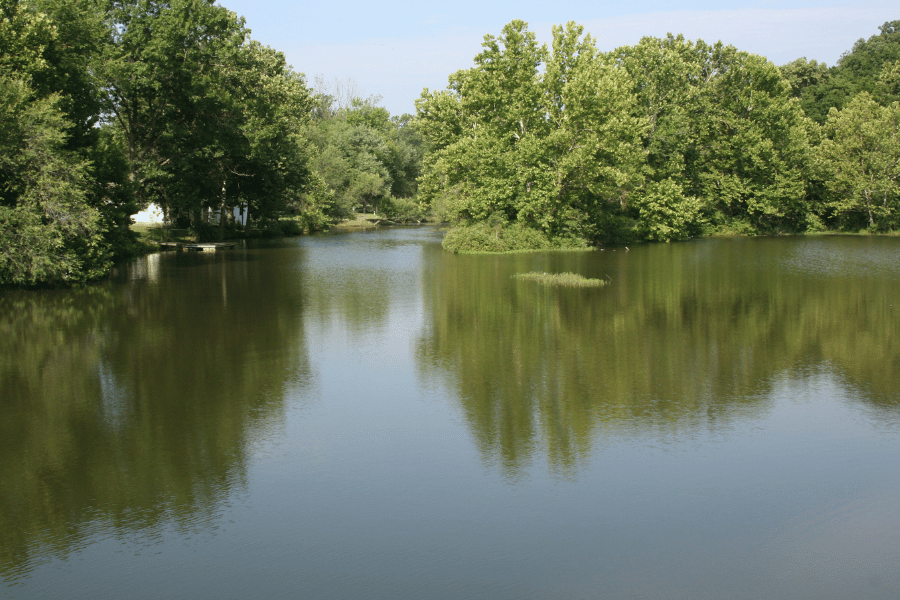
5. Cultural Awareness and Community Identity
Trails, greenways, and open spaces effectively connect people to local heritage by preserving historic places and providing access to them. These features draw greater public attention to historic landmarks and events, providing a solid sense of place and understanding of past events.
Trails often provide vital access to historic sites such as battlegrounds, bridges, buildings, and mills, which might be difficult to access and interpret otherwise. Each community and region has its own unique history and distinctive features.
With over 200 sites on the National Register of Historic Places, these assist in trail design and programming near historic sites. Recognizing, honoring, and connecting these features significantly enhances cultural awareness and community identity, potentially attracting tourism.
Greenways and trails provide crucial opportunities for people to interact with one another outside of work. Positive interaction among people from a wider community builds trust and awareness, effectively strengthening the overall sense of community through other sources, such as greenways.
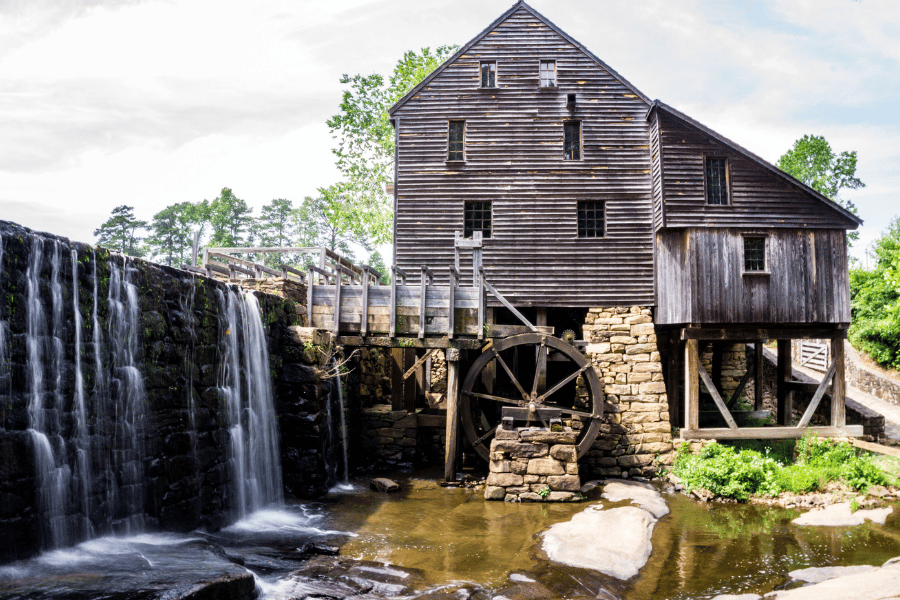
6. Water Quality
Natural open spaces around greenway trails help protect water quality by creating a natural buffer zone around streams, rivers, and lakes. This zone prevents soil erosion and filters pollution caused by agricultural and road runoff.
Residents need clean water for drinking, boating, swimming, and fishing. Therefore, one of the most powerful benefits of preserving open space is improving water quality by buffering wetlands and streams. Rivers become polluted when rainwater picks up motor oils, fertilizers, litter, pesticides, and other pollutants. This polluted rainwater then runs off into streams and creeks, which empty into lakes and rivers.
Every time a site is developed with parking, roads, and buildings, the amount of water that soaks into the ground is reduced, and the amount running off increases. Any undisturbed land does not contribute pollutants to our streams and water sources.
Removing pollutants and filtering water systems will improve the water quality, benefiting our drinking water and water activities that our residents love to use.
7. Biodiversity and Wildlife
Greenways can protect and link fragmented habitats and provide opportunities for protecting plant and animal biodiversity. Biodiversity refers to the diversity among and within plant and animal species. These systems provide a wide range of ecosystem services and are more able to withstand natural and human-caused disturbances.
Many benefits of greenways and open space depend upon biodiverse systems, and the resulting ecosystem services they provide include:
- Soil formation and protection
- Pollution breakdown and absorption
- Water resource protection
- Climate stability
- Medicinal resoruce production
- Wood production
- Genetic diversity, etc.
8. Transportation Cost Savings
It is crucial to consider cost discrepancies when making transportation decisions for ourselves and our community. Walking is virtually free, and the cost of operating a bike is significantly lower than that of operating a car.
A study has unequivocally demonstrated that households in automobile-dependent communities spend 50% more of their income on transportation than those in communities with more accessible land use and a more multi-modal transportation system.
Biking and walking indisputably represent affordable forms of transportation with a low cost and high return on investment for trails. Community-wide, we have indisputably witnessed that investing in greenways and trails yields a higher return on investment than allocating funds to highways and gasoline.
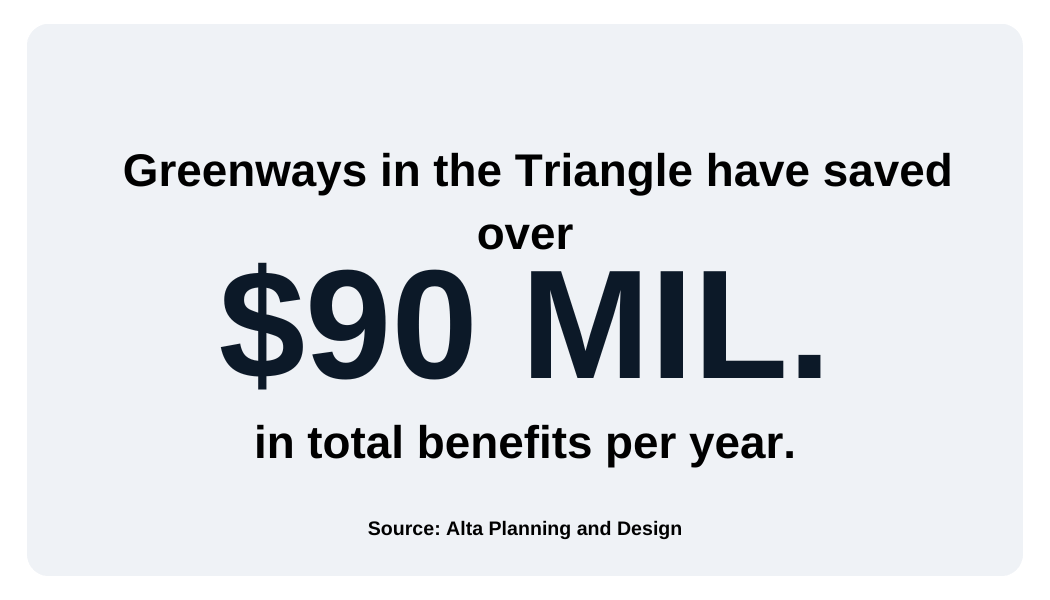
9. Increase Property Values
Undeniably, greenways, both nationally and locally, significantly enhance property values. These trails not only contribute to improved walkability and positive connections but also increase property values.
The report "Walking the Walk" extensively examined nearly 100,000 real estate transactions in 15 markets, revealing a clear correlation between higher levels of walkability and elevated home values across 13 markets.
Greenways undeniably create value and spur economic activity, substantially increasing real property values by 3-15%. The recreational opportunities and appealing visual characteristics play a pivotal role in driving up property values.
It is well-acknowledged that consumers are willing to pay a premium for homes near greenways due to the accessibility to recreational activities and the tranquil environment they offer.
10. Greenway Trials in Wake County
Most people feel safe and comfortable using the greenway trails in Wake County because they are separated from traffic, wide, well-maintained, and usually very scenic. The key to successful greenway trails is to be connected; the more trails connected, the more benefits they will have.
The current inventory of existing trails in Wake County shows nearly 300 miles of trails, but much of that mileage is in smaller, disconnected sections of local trails within parks.
With population growth and economic growth, there has been increasing public support for greenways. Investing in our greenways improves residents' overall quality of life, making it a great thing people look for when they are looking to move somewhere.
If you are looking to live somewhere with a high quality of life, Raleigh may be the perfect place due to its location near the greenway system and the larger East Coast Greenway in the Triangle, which connects communities in four counties.
Methodology
We used information from different sources and our data to create this guide about the benefits of living near Raleigh's greenway system. We used various data sets, which we combined to help you learn more about the greenway system.
- N.C. Department of Transportation
- Wake County Division of Parks, Recreation, and Open Space
- Greenways Inc.
- Raleigh Gov
The following are a few sources we used to gather most of our information about the Raleigh greenway system and its benefits.
FAQS
What are the social benefits of greenways?
The social benefits of greenways are not limited to improving bike and pedestrian transportation options, promoting active lifestyles, clearer skies, cleaning water, and protecting people and properties from flood damage.
Why are greenways important?
Trails and greenways help improve overall life, air, and water quality, which have many benefits. From enjoyable trails to safe transportation options, greenways affect people, animals, and the environment itself.
Why are people moving to Raleigh?
People are primarily moving to Raleigh due to its affordability, the growth of the economy, the close proximity to the mountains, and the excellent education options available. Check out the available real estate if you want to live in Raleigh.
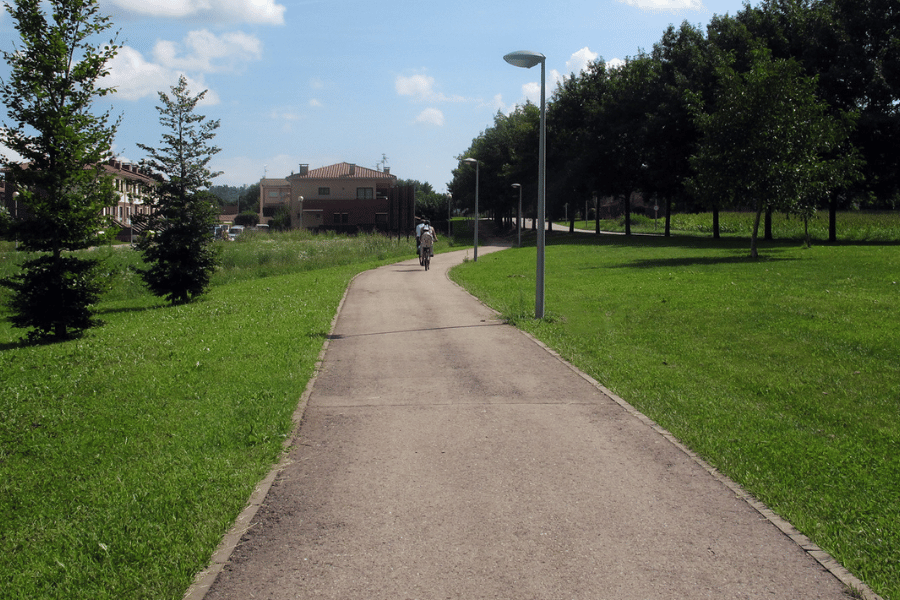
Benefits of Living Near Raleigh's Greenway System - The Bottom Line
The East Coast Greenway in the Triangle connects communities in four counties, serving as a nearly 70-mile trail that links other trail systems throughout the region. This greenway provides residents and visitors a fun and healthy way to explore parks, downtown, colleges, museums, shopping, restaurants, breweries, and more.
Greenways also provide an active transportation corridor, with easy access to many areas of the region for people getting to work and other neighborhoods. All trails are nearly connected, giving the residents an improved quality of life in many ways.
Greenways can be paved or unpaved, but both provide benefits for its residents, especially if you live near one. Greenways create value and generate economic activity as well as they increase real property values, 3-15%, throughout. With many benefits, living near a greenway has many pros and barely any cons, so if you are looking for a house near a greenway, it may be a great place to locate.
If you are considering moving or selling, contact us or visit our website. Our team at Raleigh Realty is here to help you with any home buying or selling needs.
